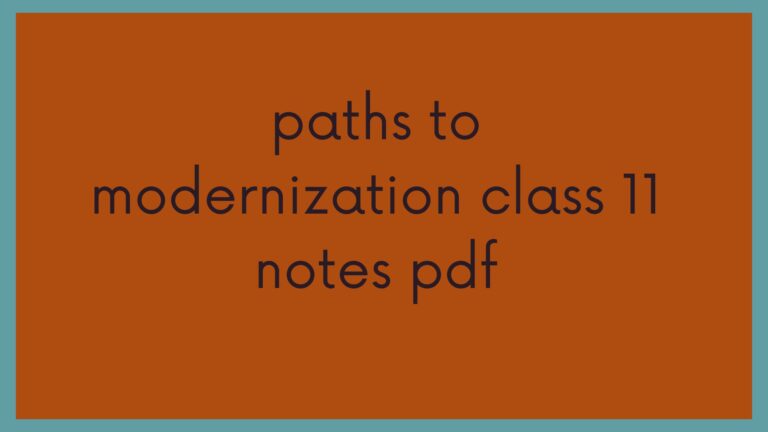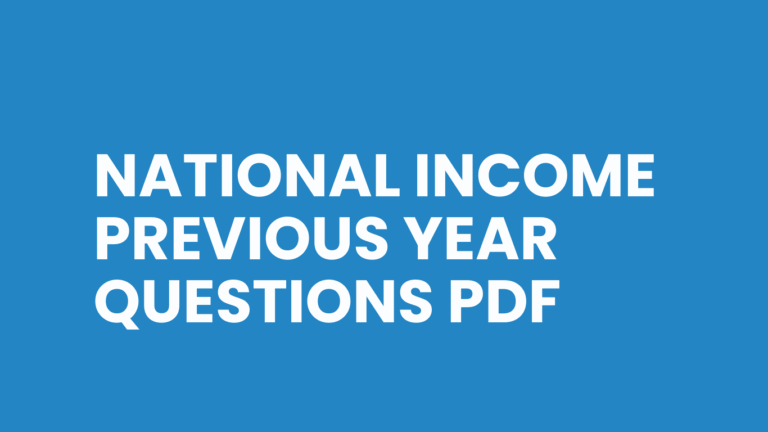Class 11 History Chapter 2 MCQ | Writing and City Life Important MCQ
This article is for class 11 students who have opted for history. here you will get Class 11 History Chapter 2 MCQ. Writing and City Life Important MCQs are based on my class 11 notes, which I have used for study. You can also check our YouTube channel for more detailed videos.

Class 11 History Chapter 2 MCQ
- Which civilisation is associated with the beginning of writing?
a) Harappan
b) Mesopotamian
c) Egyptian
d) Chinese
Answer: b) Mesopotamian - The Mesopotamian script was written on:
a) Stone tablets
b) Clay tablets
c) Wooden planks
d) Palm leaves
Answer: b) Clay tablets - The earliest Mesopotamian script is called:
a) Hieroglyphics
b) Cuneiform
c) Pictographic
d) Demotic
Answer: c) Pictographic - Later Mesopotamian script (wedge-shaped) is called:
a) Alphabetic
b) Cuneiform
c) Hieroglyphic
d) Sumerian signs
Answer: b) Cuneiform - The Sumerians lived in:
a) Egypt
b) Indus Valley
c) Southern Mesopotamia
d) Greece
Answer: c) Southern Mesopotamia - The earliest Mesopotamian cities developed around:
a) 1000 BCE
b) 5000 BCE
c) 3000 BCE
d) 1000 CE
Answer: c) 3000 BCE - The most famous Mesopotamian epic is:
a) Mahabharata
b) Epic of Gilgamesh
c) Iliad
d) Beowulf
Answer: b) Epic of Gilgamesh - The Mesopotamian temples were known as:
a) Pyramids
b) Toranas
c) Ziggurats
d) Stupas
Answer: c) Ziggurats - Mesopotamian society was divided into:
a) Two groups
b) Three groups
c) Four groups
d) Many classes
Answer: d) Many classes - The Mesopotamian economy was mainly based on:
a) Fishing
b) Agriculture and trade
c) Metalwork
d) Hunting
Answer: b) Agriculture and trade - The first city-states in Mesopotamia were ruled by:
a) Kings
b) Priests
c) Soldiers
d) Farmers
Answer: b) Priests - Later rulers of Mesopotamia claimed power from:
a) Army
b) People
c) Gods
d) Farmers
Answer: c) Gods - Which river was central to Mesopotamian civilisation?
a) Nile
b) Tigris and Euphrates
c) Indus
d) Yellow River
Answer: b) Tigris and Euphrates - The Mesopotamians used writing primarily for:
a) Literature
b) Royal orders
c) Record-keeping
d) Religious texts
Answer: c) Record-keeping - Which Mesopotamian ruler compiled the famous code of laws?
a) Hammurabi
b) Ashurbanipal
c) Sargon
d) Gilgamesh
Answer: a) Hammurabi - Hammurabi’s code is important because:
a) First written literature
b) First written laws
c) First religious hymns
d) First trade accounts
Answer: b) First written laws - Writing in Mesopotamia began around:
a) 1000 BCE
b) 8000 BCE
c) 3200 BCE
d) 500 CE
Answer: c) 3200 BCE - Which material was abundant in Mesopotamia for writing tablets?
a) Papyrus
b) Clay
c) Stone
d) Bamboo
Answer: b) Clay - Mesopotamian scribes used:
a) Reed stylus
b) Metal pen
c) Brush
d) Ink stick
Answer: a) Reed stylus - Which group of people could read and write?
a) All men
b) Priests and scribes
c) Farmers
d) Women only
Answer: b) Priests and scribes - Which region lacked stone and metal, leading to trade networks?
a) Mesopotamia
b) Egypt
c) China
d) Indus Valley
Answer: a) Mesopotamia - The first urban revolution took place in:
a) India
b) Mesopotamia
c) China
d) Egypt
Answer: b) Mesopotamia - The invention of the wheel in Mesopotamia was used for:
a) Transport and pottery
b) Military chariots
c) Trade
d) All of these
Answer: d) All of these - The term ‘Mesopotamia’ means:
a) Land between mountains
b) Land between rivers
c) Land of the kings
d) Land of the priests
Answer: b) Land between rivers - The urban society of Mesopotamia is called:
a) Tribal
b) City-state
c) Democracy
d) Kingdom
Answer: b) City-state - The “Epic of Gilgamesh” reflects Mesopotamian ideas about:
a) Afterlife
b) Agriculture
c) Warfare
d) Astronomy
Answer: a) Afterlife - Which mathematical system was developed in Mesopotamia?
a) Decimal (base 10)
b) Binary (base 2)
c) Sexagesimal (base 60)
d) Roman numerals
Answer: c) Sexagesimal (base 60) - The Mesopotamians divided an hour into:
a) 50 minutes
b) 60 minutes
c) 100 minutes
d) 120 minutes
Answer: b) 60 minutes - Writing gave Mesopotamian rulers the power to:
a) Record taxes and trade
b) Make laws permanent
c) Build authority over people
d) All of the above
Answer: d) All of the above - Mesopotamian schools for scribes were known as:
a) Gurukul
b) Edubba
c) Madarsa
d) Temple schools
Answer: b) Edubba
Class 11 History Chapter 2 MCQ Assertion–Reason Questions
- A: Writing in Mesopotamia began as pictographs.
R: People used pictures to record things before signs.
Answer: a) Both A and R true, R explains A. - A: Cuneiform means wedge-shaped.
R: Scribes pressed a reed stylus into clay tablets.
Answer: a) Both A and R true, R explains A. - A: Mesopotamian economy depended on trade.
R: The region lacked metals and stones.
Answer: a) Both A and R true, R explains A. - A: Only priests could read and write in Mesopotamia.
R: Writing was considered a sacred skill.
Answer: b) Both A and R true, but R does not explain A fully. - A: Hammurabi’s code is one of the earliest legal codes.
R: It was engraved on stone steles.
Answer: a) Both A and R true, R explains A. - A: Mesopotamian kings derived authority from gods.
R: Religion legitimised political power.
Answer: a) Both A and R true, R explains A. - A: Mesopotamian temples were called ziggurats.
R: They were pyramid-like, used as both temple and economic centres.
Answer: a) Both A and R true, R explains A. - A: Mesopotamian mathematics used base 60.
R: This is why we have 60 minutes in an hour.
Answer: a) Both A and R true, R explains A. - A: The “Epic of Gilgamesh” was a political text.
R: It glorified Hammurabi’s reign.
Answer: d) A false, R false. - A: Mesopotamian society was stratified.
R: There was division between priests, rulers, artisans, and slaves.
Answer: a) Both A and R true, R explains A.
Class 11 History Chapter 2 MCQ Statement-Based Questions
Q1. Identify the correct statements about Mesopotamian writing:
- Began with pictographs.
- Later became cuneiform.
- Written with reed stylus on clay.
- First used for poetry.
Answer: 1, 2, 3 correct.
Q2. Which statements about Mesopotamian cities are correct?
- Emerged around 3000 BCE.
- Based on river valley agriculture.
- Had ziggurats as central buildings.
- People lived in democratic rule.
Answer: 1, 2, 3 correct.
Q3. Choose the correct statements about Hammurabi’s code:
- It was the first written constitution.
- Engraved on stone steles.
- Focused on justice and punishments.
- Applied equally to all classes.
Answer: 2 and 3 correct.
Q4. Which statements about Mesopotamian economy are true?
- Agriculture was the backbone.
- Trade developed due to lack of metals.
- Use of silver as medium of exchange.
- Banks and credit were absent.
Answer: 1, 2, 3 correct.
Q5. Correct statements about Epic of Gilgamesh:
- Oldest surviving epic in the world.
- Written in Sanskrit.
- Reflects Mesopotamian ideas of afterlife.
- Found on clay tablets.
Answer: 1, 3, 4 correct.
Class 11 History Chapter 1 MCQ | From the beginning of time best MCQ







2 Comments